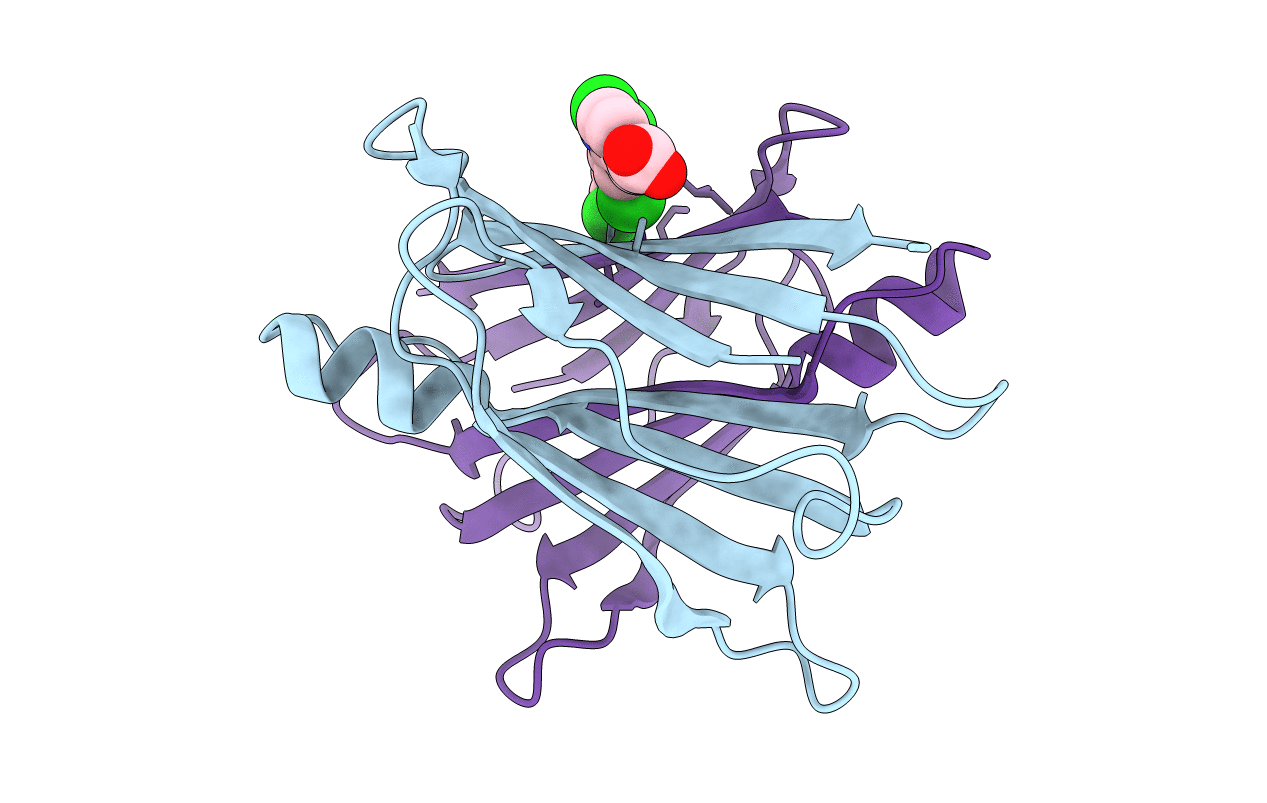
Deposition Date
2011-08-09
Release Date
2012-05-30
Last Version Date
2023-09-13
Entry Detail
PDB ID:
3TCT
Keywords:
Title:
Structure of wild-type TTR in complex with tafamidis
Biological Source:
Source Organism:
Homo sapiens (Taxon ID: 9606)
Host Organism:
Method Details:
Experimental Method:
Resolution:
1.30 Å
R-Value Free:
0.19
R-Value Work:
0.16
R-Value Observed:
0.16
Space Group:
P 21 21 2


